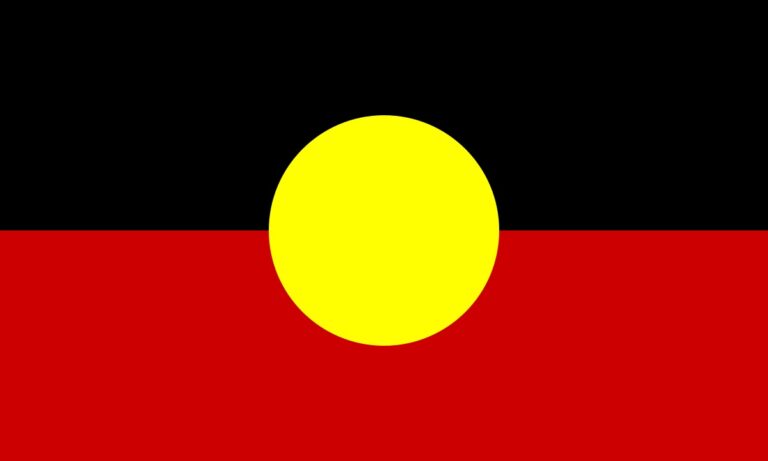Researchers
- Dr Sarah Callinan, Centre for Alcohol Policy Research, Turning Point; and the Eastern Health Clinical School, Monash University
- Dr Sarah MacLean, Centre for Alcohol Policy Research, Turning Point; and the Centre for Health and Society, Melbourne University
Summary
This study examined the alcohol drinking preferences of young adults in Victoria who consumed alcohol at risky levels, using both quantitative and qualitative techniques, and found that their alcohol product choices were heavily influenced by factors such as cost, alcoholic content, and their intention to become intoxicated.
Previous research has been undertaken into what heavy drinkers usually drink, but little is known about the drink types that heavy drinkers turn to when they are consciously planning on getting drunk. This report addresses two aims. Firstly to examine what young people drink, particularly those who participate in high-risk drinking. And secondly to consider what young people drink when they intend to get drunk, and whether this is different to what high-risk drinkers generally drink across all occasions.
Both quantitative and qualitative methods were used to address these aims. Survey data was used to identify the population level links between drink choices and drinking patterns in Victorian young adults aged 18-24 years. Survey data was taken from 3,528 responses received from 18-24 year olds who completed the 2009 Victorian Youth Alcohol and Drug Survey (VYADS). This is complemented by the insights of qualitative data from 60 interviews conducted in Melbourne during 2012 with young adults of the same age range. These responses are used to illustrate and explain the link between drink choice and both high-risk drinking and intention to get drunk.
Outcomes
The study found that on average each participant selected 3.18 drink types that they “usually” consume. High-risk drinkers, defined as those who consume 11 or more standard drinks on one occasion at least once a month, selected an average of 3.51 drink types, compared to the 2.81 types reported by other drinkers (F(1,3213) = 114.72, p<.001).
The study found that drink choice among young Victorians is gendered. The largest gender divide can be found in two of the more popular drinks: regular strength beer, which was selected by approximately three quarters of males (76%), and bottled wine, which was selected by over half of the female participants (57%). Spirits (67% & 71%) and RTDs (59% & 69%) were selected by more than half of both males and females respectively.
High risk drinkers were more likely than non-high risk drinkers to consume regular strength beer, cask wine, bottled spirits and RTDs regardless of gender. The qualitative interviews revealed that the main reasons for choosing alcoholic drinks were cost, enhancing or reducing intoxication, avoiding feeling sick and to suit the occasion.
When examining young people who consumed alcohol to get drunk, for all drink types there were more males than females consuming that type of alcohol with the intention of getting drunk. In particular, males who drink cask wine stood out, as 37% of them stated that they intend to get drunk often or always. More than a quarter of male home brew (31%), cider (26%), RTDs (26%) and spirits (25%) drinkers also stated this. Females were less likely to state that they intended to get drunk all the time or often when drinking, but more than 20% of those who drank cask wine (24%), home brew (22%), RTDs (20.%) and spirits (20%) did so.
Furthermore, the qualitative interviews revealed that young people who consume alcohol with the intention of getting drunk make their drink choices based on the drinks which offer high alcohol content for a relatively low cost; drinks they enjoy consuming at any time; and spirits to achieve rapid intoxication. Young people explicitly recognise the difference between off- and on-license alcohol prices and consequently choose to drink cheaper alcohol at home before heading out. Research participants also frequently spoke about drinking shots at licensed venues when they wanted to get drunk quickly. Many participants in interviews nominated spirits as the drink they turned to when they wanted to get drunk.
Recommendations
The findings from both the quantitative survey and qualitative interviews conducted in this study reveal that young people aged 18-24 years in Victoria who consume alcohol with the intention of getting drunk are selecting drink types that offer high alcohol content for low cost. Young people also explicitly recognise the difference between off- and on-license alcohol prices. Many are therefore pre-loading before heading out, and drinking shots at licensed venues in order to achieve their desired level of intoxication.
The availability of cheap, high-alcohol content alcoholic beverages is fuelling heavy drinking occasions in young Victorians, who are consciously turning to these drink choices when intending to get drunk. Measures based on reducing the availability of cheap or discounted alcohol, including licensing controls, pricing or taxation could help reduce the high rates of high-risk drinking among Victorian youth.
Current regulations relating to the Responsible Service of Alcohol and discounting in licensed premises also need to be adequately enforced. Enforcement of these measures will reduce the likelihood of young people consuming alcohol to intoxication in licensed premises.






